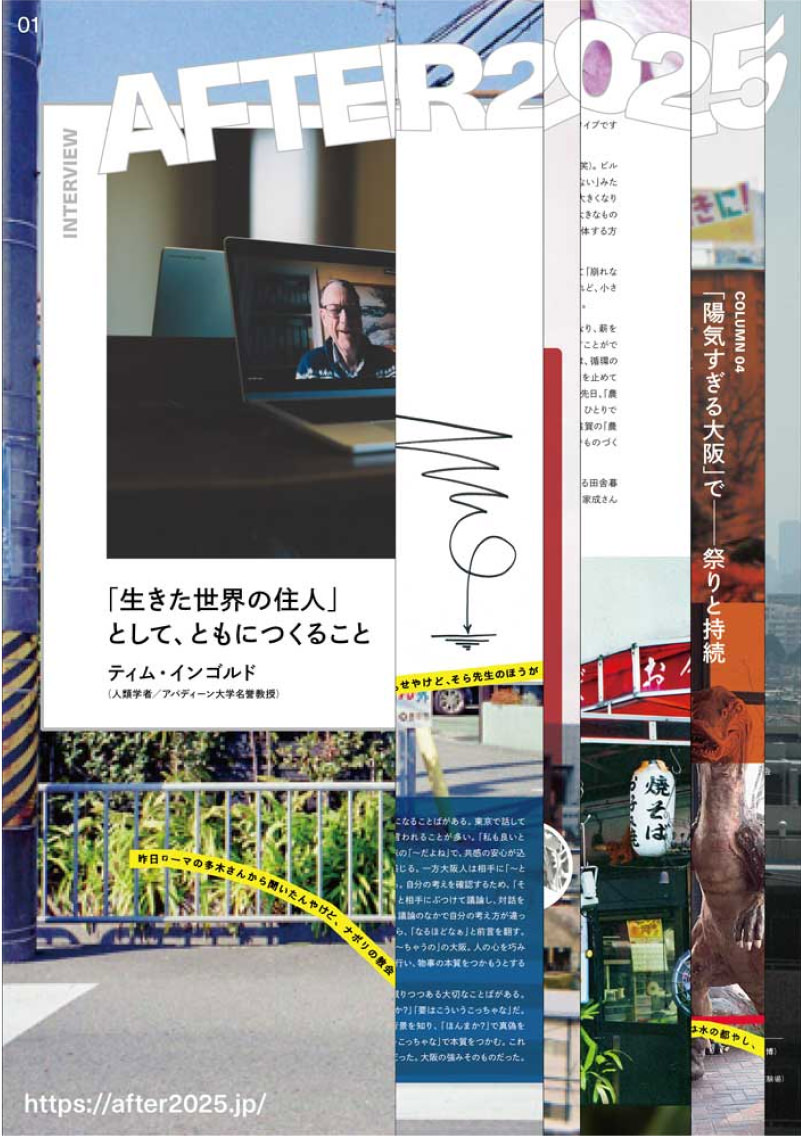
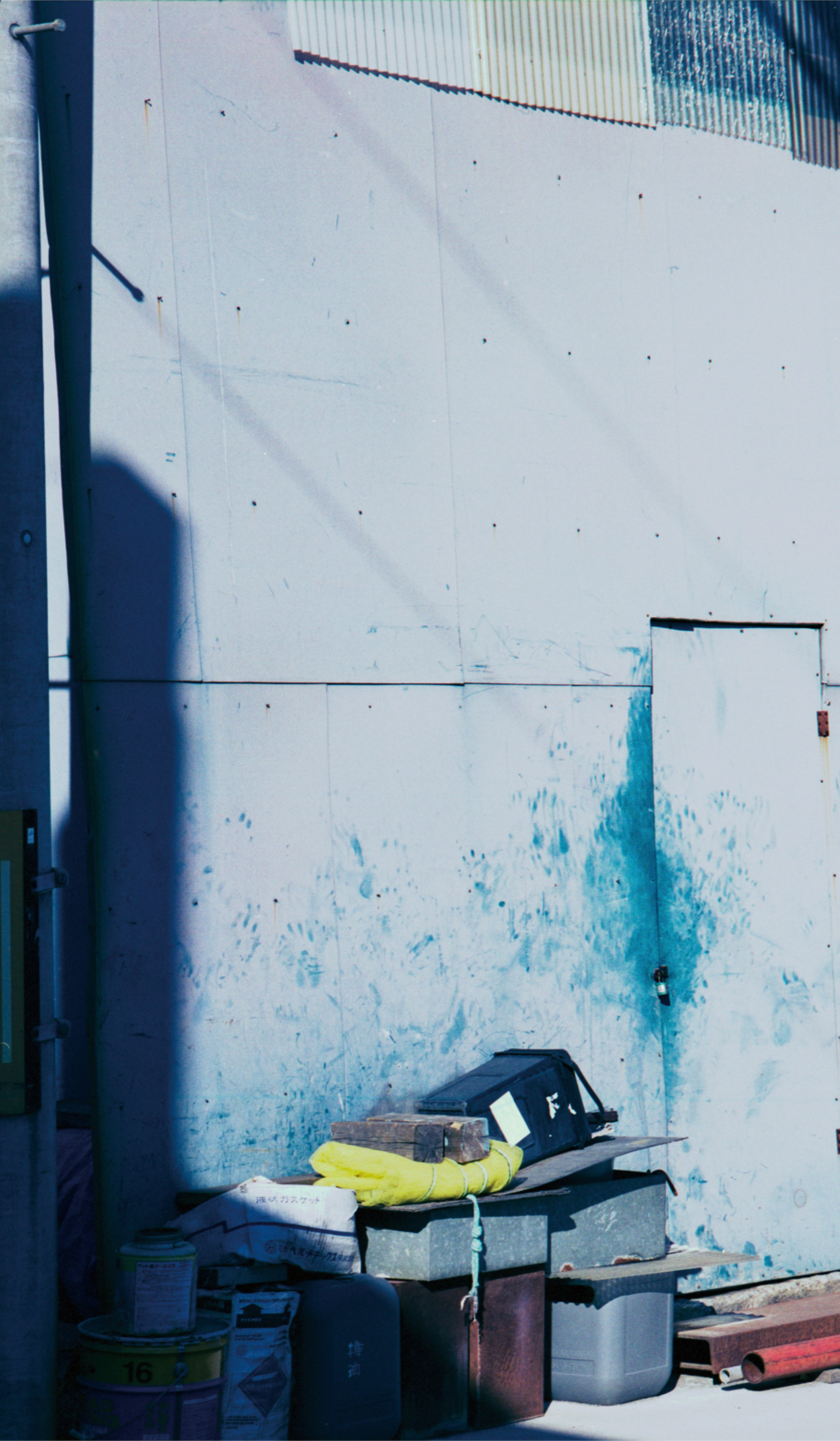
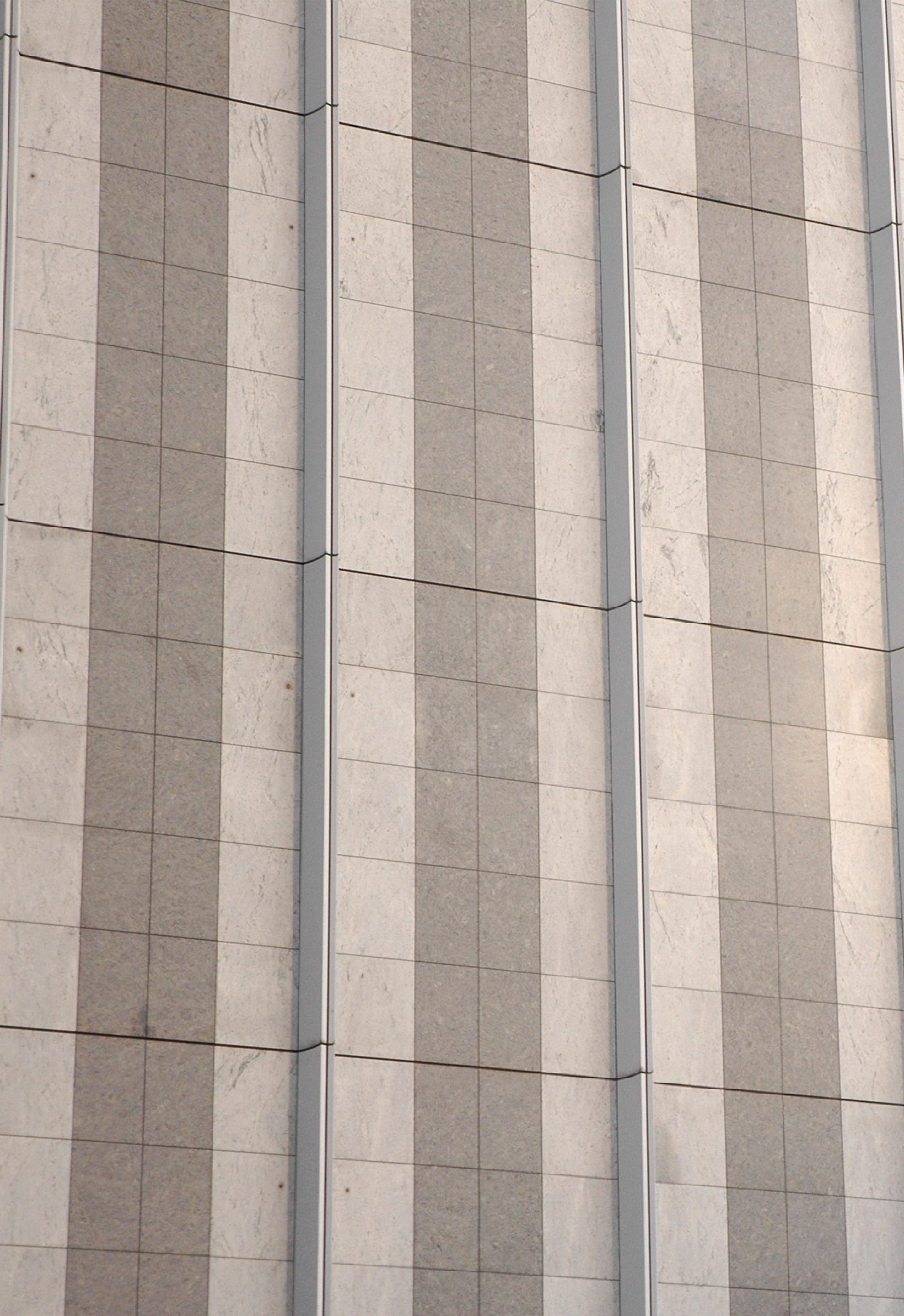

Co-designing as inhabitants of a living world
How can we re-interpret our daily activities from the perspective of our relations to others, organisms, and our environments?
Tim Ingold is an anthropologist who explores the intersections of archaeology, art, and architecture. In our interview, he asks us to open up our perception to the world, co-design, and correspond with others.
- Interviewer:
- Seiichi Saito (Expo Outcome Design Committee / Panoramatiks)
- Held on:
- February 25, 2022 (Online)
Life itself doesn’t have a target: the point about life is that it carries on
People often say that the world has accelerated so much that we need to slow down. But I think they are referring to a slightly different problem. I mean, we won’t solve our problems by doing everything in slow motion.
In my anthropological fieldwork many years ago, I worked with Sámi reindeer herders. When you're herding reindeer, there are long periods in which you don’t really do anything. You’re just out there keeping an eye on the animals. But then there's a particular moment when you have to round them up; the weather and other conditions are just right, and you have to act very, very fast.
When we talk about slowing down, we’re really making a shift. In my terms, it’s a shift from transport to wayfaring. From thinking about everything we do in terms of time to target – or thinking about how long we take to do this or to do that – to thinking of everything we do as simply part of carrying on our lives. Because life in itself doesn’t have a target. The point about life is that it carries on, rather than going from one point to another.
Recovering the sense of being inhabitants of a living world
I’ve often noticed that in our discourse about the future, people immediately reach for technology. They assume that the question of the future is intrinsically a technological question.
I feel that because of all the hype that surrounds the digital world, virtual reality, artificial intelligence, and so on, we have turned the world we live in into entertainment. We send star scientists around the world to remote places to take wonderful pictures of wildlife that we can then see on television. We become used to thinking that wildlife is something you see on TV, not in real life.
We have somehow to recover the sense that we are inhabitants of a living world. This is not to treat the world as a stage on which to enact some kind of performance, but actually to live and relate to the other beings in it. We can’t even begin to think about the future unless we recognize this sense of a shared planet.
We always thought that as long as resources were unlimited, we could go on progressing in science, technology, arts, and creativity. Now we realize that we cannot always find the resources we need, and we have to make a choice. It’s either progress, which leads to a future that has no future, or it’s sustainability, which is devoted to the continuity of life.
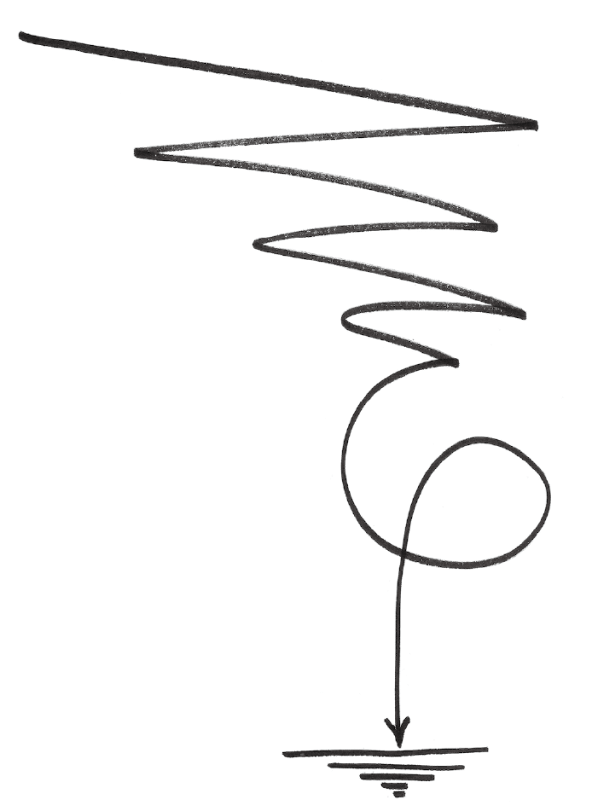
Sustainability is not about preserving a steady state. It’s about allowing life to carry on. If we’re going to talk about the future at all, it has to be in terms of making it possible for life to carry on, for there to be life for future generations.
And if we’re interested in the future in terms of securing the continuity of life, then our first concerns must be with kinship, family relationships, and descent.
Descent is fundamentally about how relationships are continued over generations, about relations between generations, and about how generations can reproduce themselves.
Bringing people together in difference for a more interesting and fruitful life
The theme of AFTER2025 is: “Thinking about the public from the bottom-up.” When you hear the word “public,” you might imagine a group of people united by some common interest and striving to protect it. But a public is really a collective of people who have gathered around a certain question. Every question, then, draws its own public.
I think of the fundamental activity of the public as conversation. I’m drawing here on the philosophy of John Dewey, who was writing about the public a century ago. The point is that publics are gatherings in difference – that the people in a public bring different experiences into the conversation.
If everybody thought exactly the same, they could not have a conversation. People can have a conversation only because they think different things or they bring in different experiences. So, publics are congregations of experience and knowledge that gather around a question that is of concern to them.
I think this is tied into the way we think about democracy. Democracy, too, is devalued when it is equated with “the will of the people,” dividing “all of us” against “all of them.” A truly democratic conversation is one in which people are brought together, not divided, by their differences. Because of difference, our life together is much more interesting and fruitful than it would otherwise be. That’s what we are losing with the emergence of all kinds of fundamentalisms. We’re losing this attention to difference in the contemporary world and it’s very scary.
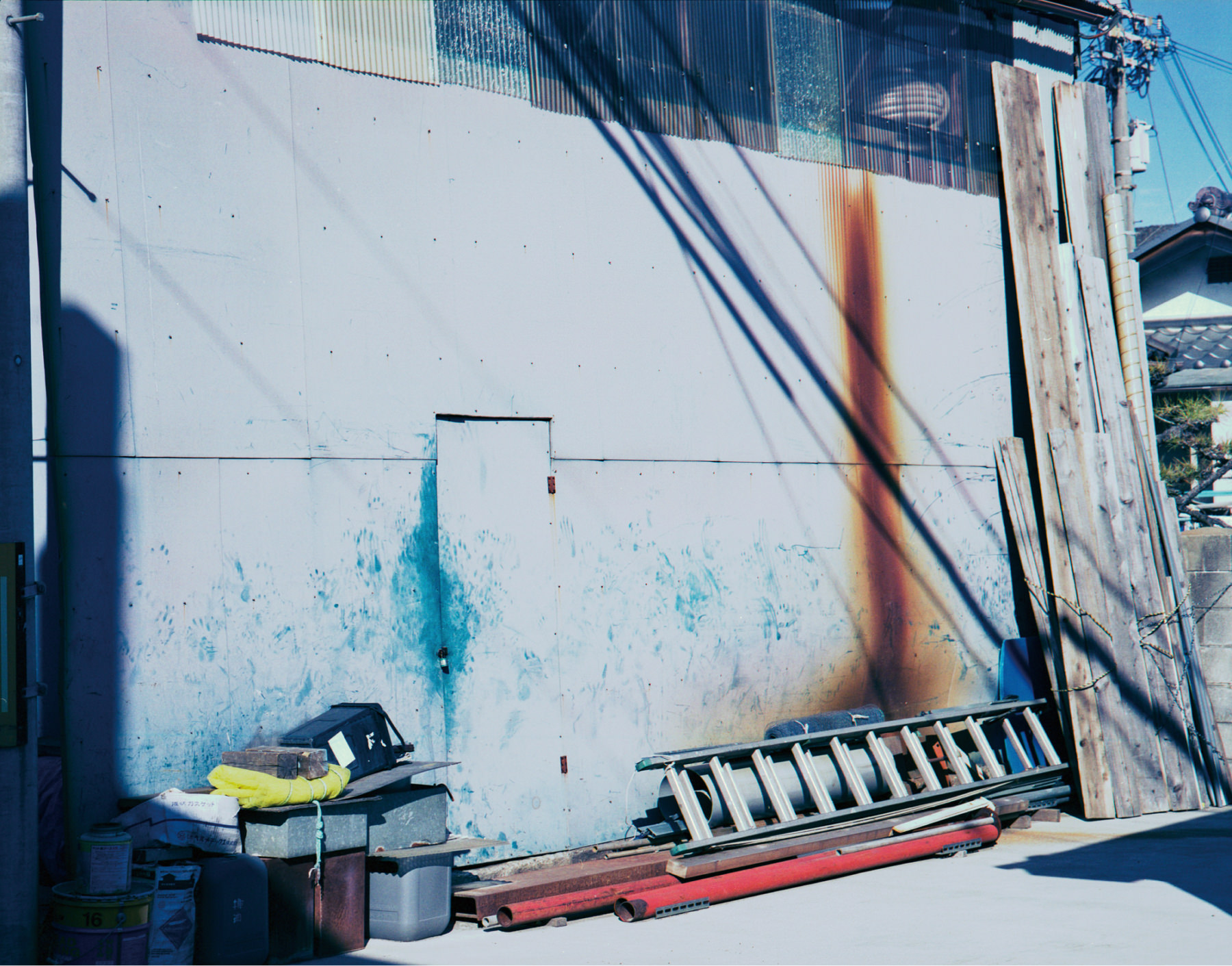
Taking others seriously
How can we bring in people with different experiences of life, in order to help us solve questions together? That’s basically what co-design is.
It might come as a surprise, but the conditions for co-design basically lie in the reform of education. It is a question of how we educate. The idea behind the standard model of education is that it is a way of transferring the knowledge the next generation needs to function in this new, highly technologized world. I think that’s wrong. For me, education literally means leading life. So, the question is: how do we lead our lives? This is about opening our perception to the world and its people so that we can learn from them. And that means we have to watch, to listen, to pay attention, to care, and to respond.
In fact, anthropology is the one discipline that professes to listen to what other people are saying and to take what they say seriously. That’s why it’s so important. Listening to others, and learning from their experience, may help us all chart a way forward in life. That, to me, is central to anthropology, and it is also central to social life. Practicing anthropology in this way exemplifies the principle of living together in difference.
Design is about spilling out, not containing
You don’t have to be a design professional to co-design. We’re all in it together, sailing the same ship. The design process is really a life process, a matter of working out how we should live our lives, in all sorts of different situations. The fundamental question is: how should we live? And to answer that question, we need all the help we can get.
The trouble is that modern design priorities have focused above all on how to function in the world without having to attend to what is around us. The aim has been to put the workings of things inside a black box, or to hide the wiring, so as to make it all invisible. We put on a headset and earplugs, isolating ourselves from immediate sensory contact with the environment.
I think we should reverse these priorities. We need to recognize that design is not about containing things, but about spilling them out into the open, enabling us to live our lives in such a way that we can respond to them, and they to us.
One way to help us rethink design along these lines is by turning nouns into verbs. Thus we could turn “the commons” into a verb, “to common,” and speak of the activity of “commoning.” I am not the only scholar to have suggested this; many have proposed the same thing – namely, that we think about commoning as an activity of bringing people together around an issue.

Commoning can bring about the kind of like-mindedness that enables the conversation to proceed. In the conversation, you and I come with different experiences of life, different backgrounds. We have to project our experience forward in our imagination to find a place where we can meet and understand one another. This doesn’t mean falling back onto what we all had in common to begin with, but a search for mutual understanding that requires everyone to think beyond where they are at the present moment. That way, commoning can carry on.
Co-designing the future of cities through stories

Nevertheless, it is not easy to dismantle a world that has become a black box. It’s probably quite impossible to involve every citizen in co-designing something on the world stage, like the expo in 2025.
However, you are trying to imagine the future beyond 2025, aren’t you? So, you can think of this year as just a moment in the life of the city. The life of the city will carry on, and events like the expo will become part of its story. So, when a grandma tells her grandchildren, “I was there when the Osaka-Kansai Expo happened,” then that story has continued. The city as a huge accumulation of stories will carry on long after the expo itself is finished. That’s where I think everyone can be involved in it. They are co-designing all the stories that follow from the event, and it’s in those stories that the real future of the city lies.
Making collective memory is an active process
Today, we are suffering from the loss of collective memory, especially now that we're trying to keep everything in digital archives. I believe that we’re actually losing memory faster than at any previous time in history.
In the past, for example, people would write letters to one another, and their correspondence would accumulate in piles of paper. If you wanted to write the biography of a great author, you know you could retrieve all this correspondence. You would know to whom the author was writing, and you could reread it. But now, it’s all on email. After a year or two, it will be wiped out, with nothing left for a future biographer to return to.
People used to make some effort to remember, through telling stories, writing books and so on. But we no longer have to bother with this when it’s all recorded digitally. People no longer cultivate their own faculties of remembering. As a result, we’re losing history.
Suppose you see a beautiful sunset: you take your phone out, take the picture, and that’s it. You don’t spend time watching the sunset and then telling everybody else about it. It is as if our past were merely discarded in the waste bin.
How can we bring up the past into the present so that we can engage with it directly? When you meet someone you haven’t seen for a while, you might not even recognize them at first. But then you remember that you had met on a previous occasion, and now here’s the same person again, present before you. This kind of remembering restores the past to the present, allowing us to feed it through into the future. This is to make remembering an active process rather than a process of sedimentation and deposition.
Of course, we can’t possibly record everything for posterity. But that doesn’t matter. The important thing is that the stories should carry on and continue to live, as we do.
Millions of people are expected to visit the expo; they will meet, bump into people they would never have otherwise met from different countries and take back the memories from their visit. It will be a melting pot for ideas, experiences, and people. I suppose that is its most valuable legacy.
Remembering that life should fun
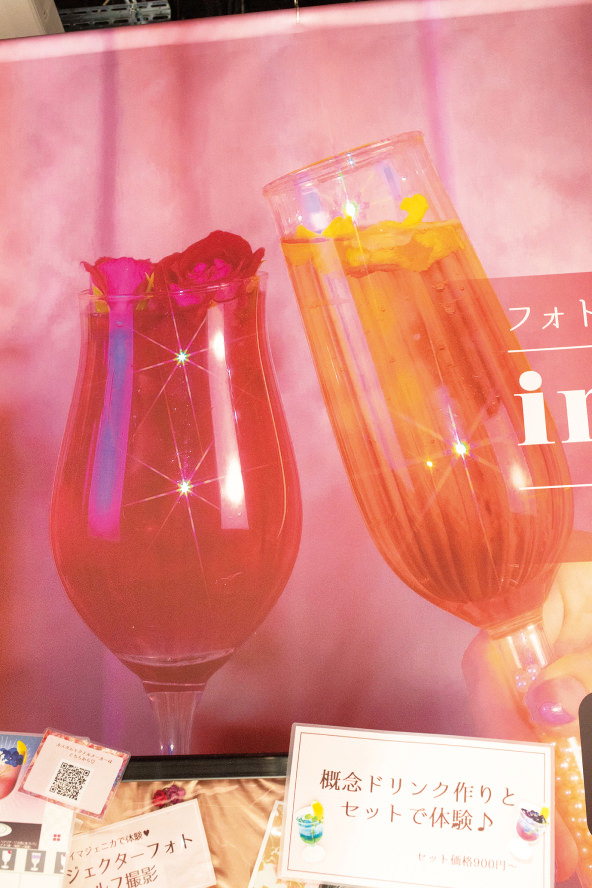
I think life should be fun. It should give pleasure and enjoyment. And we’ve noticed in the last couple of years, how miserable it is when these are taken away from us. It sounds a bit corny to say so, but life should be pleasant. The world is already filled with so much misery, destructiveness, cynicism, mistrust, and prejudice that we easily forget how wonderful it is. And the more we forget this, the worse we make it for ourselves and everyone else.
In 2025, I will be 77 years old. I don’t know how many years I’ll have after that. But I’m not interested in a limited period or a new date. We need to stop thinking that everything happens in one year, and that we then have to wait another 50 years while we plan for the next big event. That makes no sense.
For me, the important thing is that after 2025 is forever in the history of the planet; just as before 2025 was forever. Life carries on. Every year is but a passing moment, like a punctuation mark.
Perception of the Environment (2000), Lines (2007), Being Alive (2011), Making (2013), The Life of Lines (2015), Anthropology and/as Education (2018), Anthropology: Why it Matters (2018), Correspondences (2020) and Imagining For Real (2022).



























